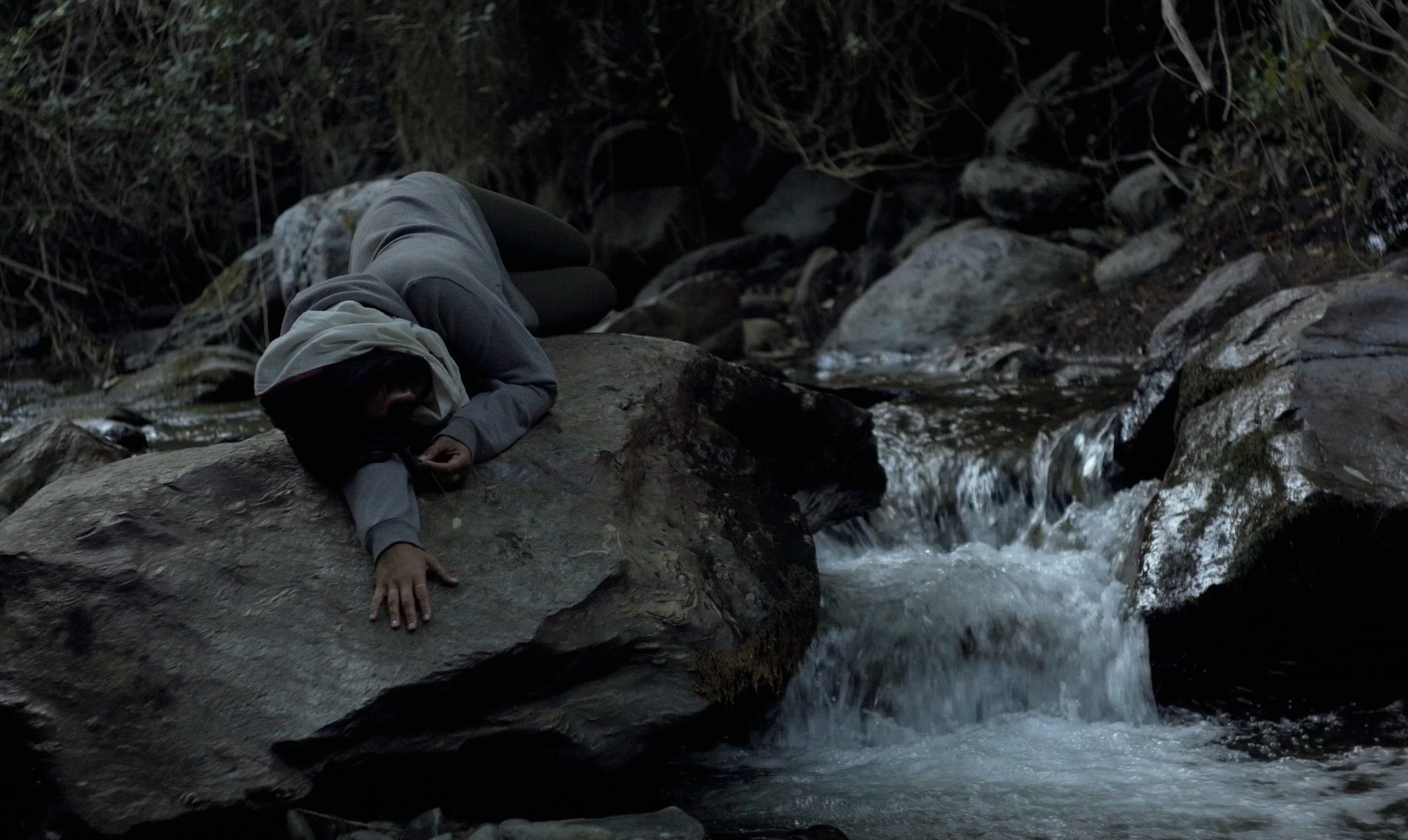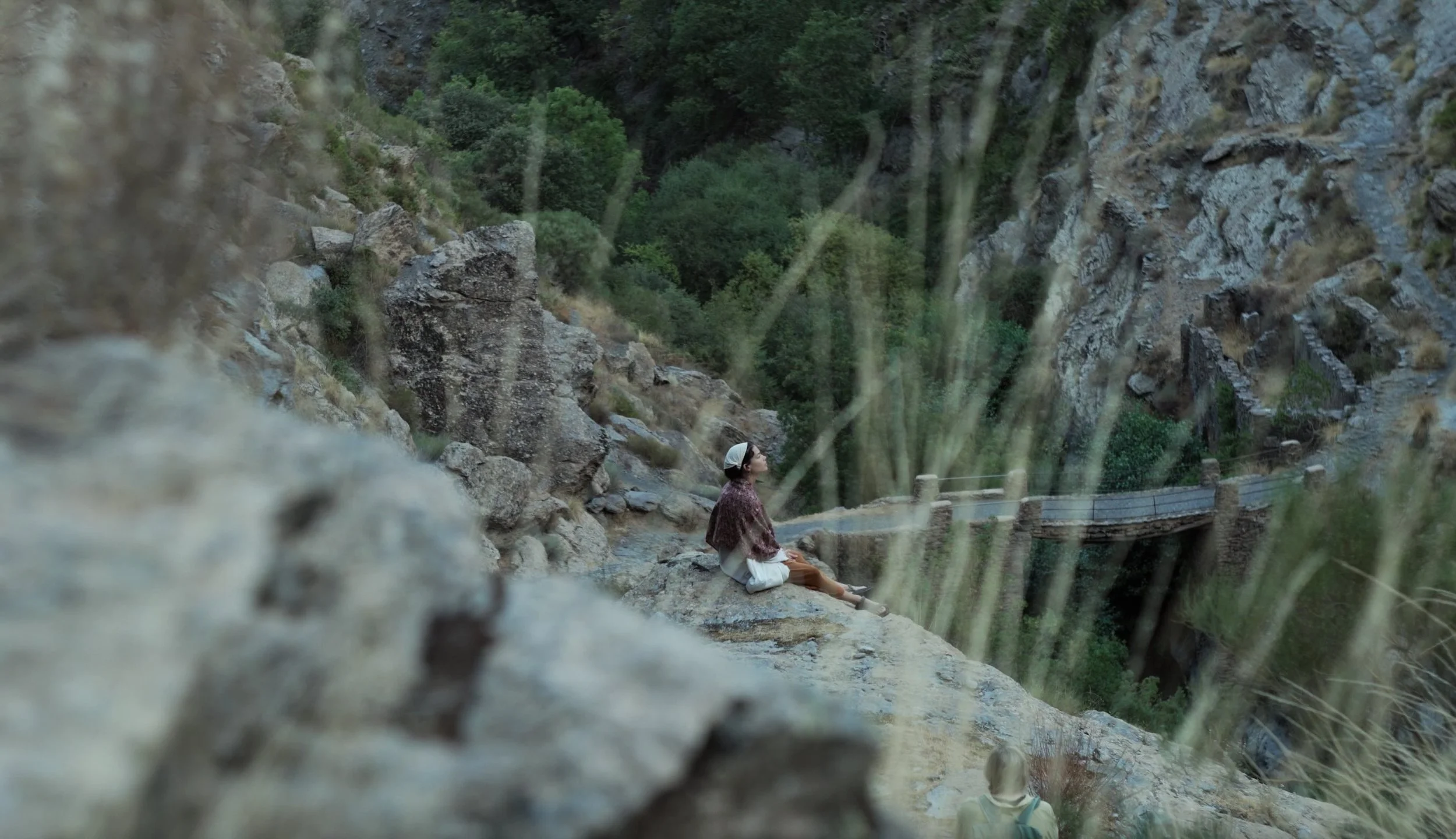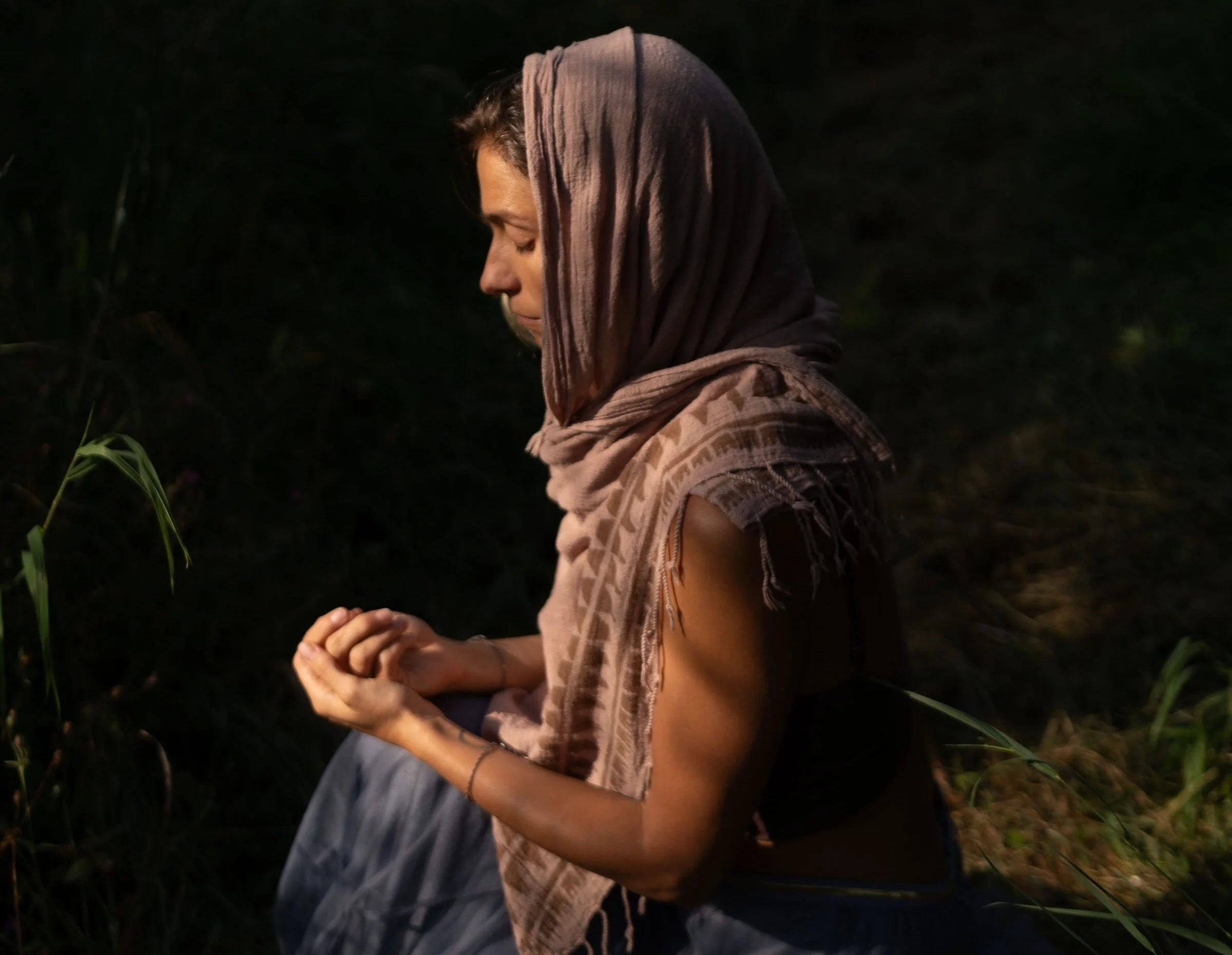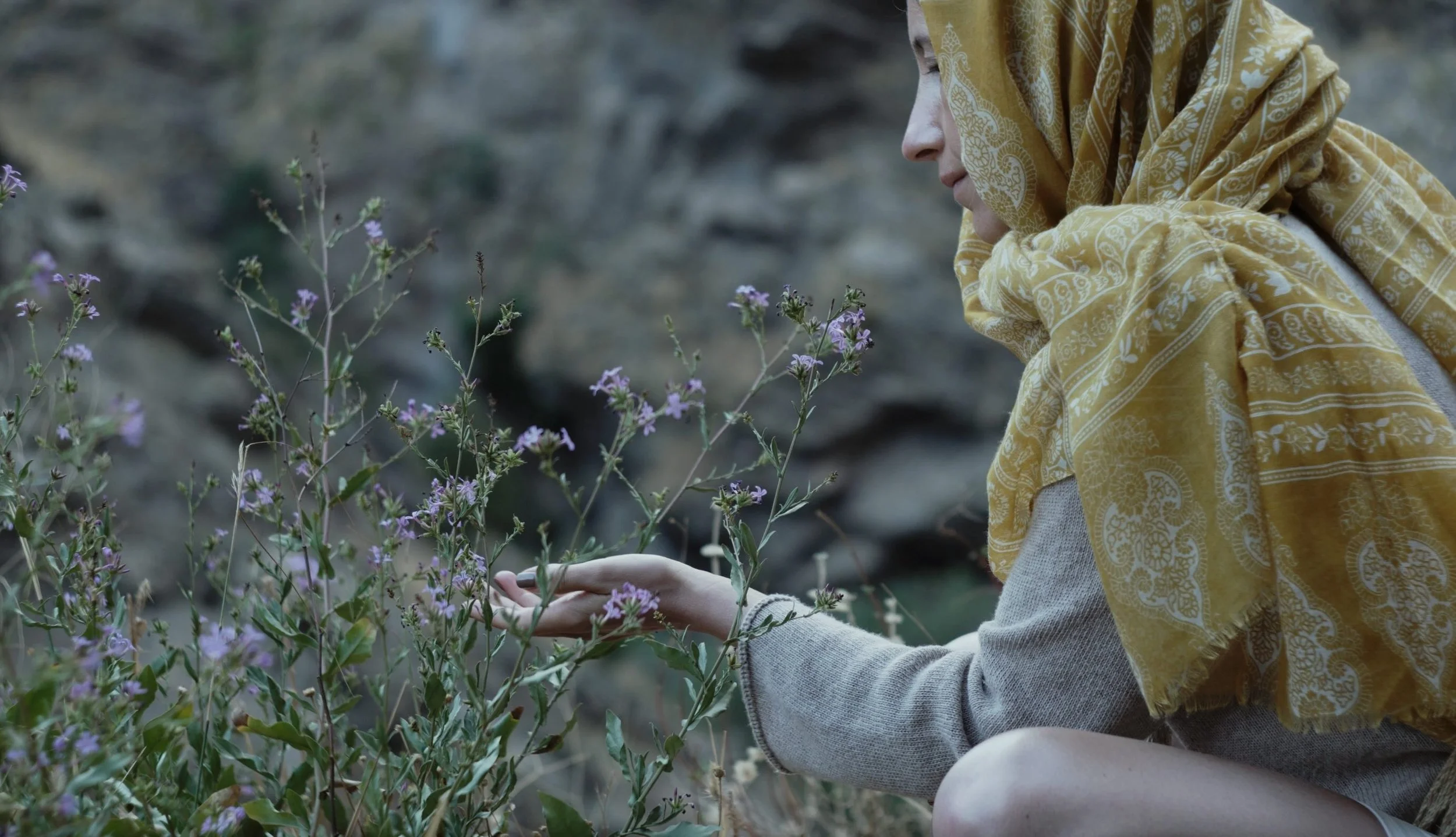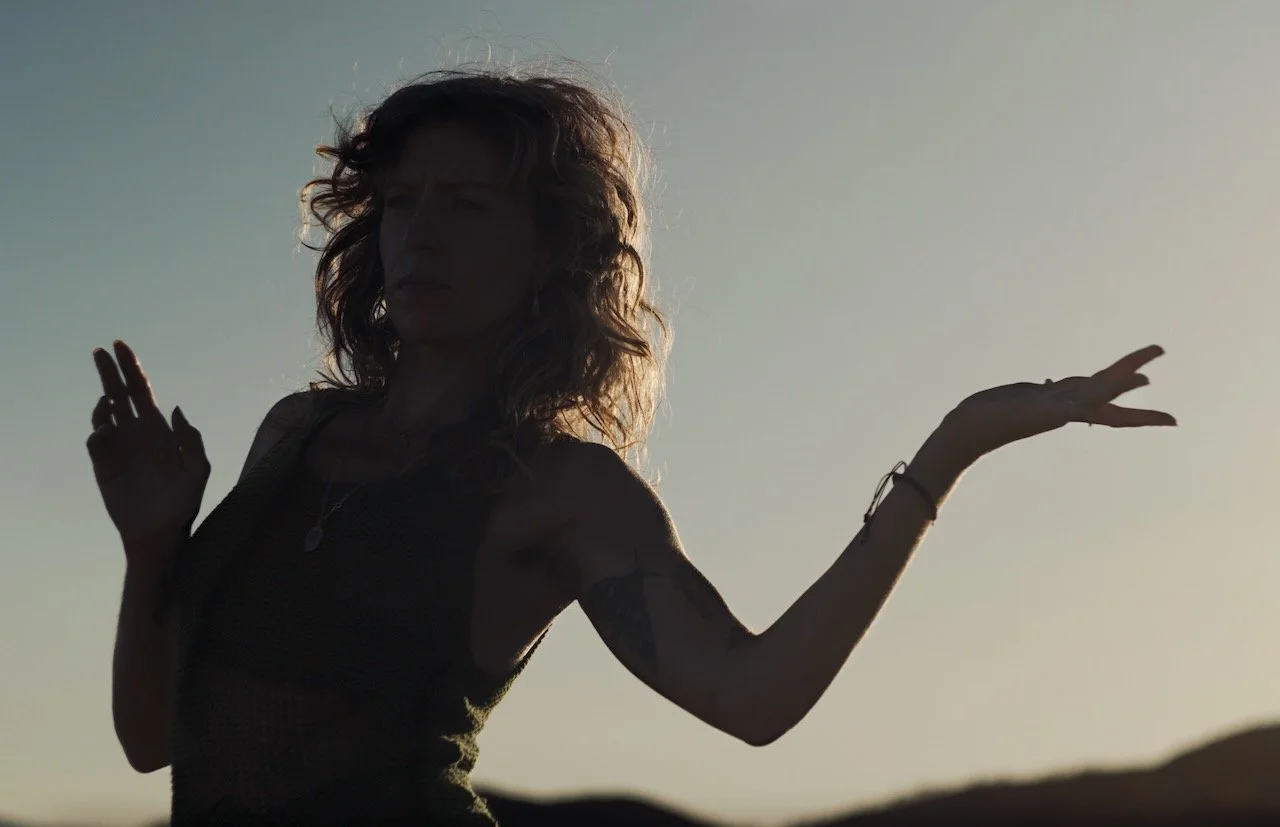What is the Somatic Unconscious?
What is the Somatic Unconscious?
People throw the word ‘unconscious’ around a lot. And it’s a great word. It’s a word we get to re-imagine and re-animate and re-explore again and again. I hope I never arrive at a fixed idea of the unconscious.
You can attempt to make the unconscious conscious by defining it. And then, as soon as you do, it slips away back into the shadow. Into the depths. Because this is where it dwells. In the indefinable, shimmering dark.
And this is essentially what it means, to perpetually excavate that which is as yet unexplored. So let’s throw ‘unconscious’ around, let’s play catch with it, let’s send it high up into the air and see how it lands.
And how it lands, back down in the earth, is where you meet the somatic unconscious. The felt sense of this endlessly expansive terrain. The place where the mystery, the magic and the myths reside. The living field of memory, archetype and sensation.
Conjuring from the field of Psyche and Soma
As I write, I see an image of a pile of rocks inside a cave. I feel this image in the portal behind my sternum, the space under my heart. As you read, do you see an image? Do you feel an image? Do you see a colour, feel a sensation, hear a word? If you do, this is how you attune, communicate and conjure from the somatic unconscious.
The unconscious is the dark spaces around the stones, the gaps inbetween, the unseen breaths between body of earth and stone. The somatic unconscious is both the stones, the earth and the space between. If you lift the stones to see what’s underneath, then you make the unconscious conscious. Which is to say, you lose the unconscious.
So if you want to slip into the somatic unconscious, you don’t lift the stones. You slip in between them and let the holy trinity of earth, body and mystery move you. The unconscious is not buried beneath the stones, but breathing beneath the surface, waiting to be met.
The somatic unconscious shows us that Psyche and Soma are not separate; they are a continuum where the unconscious speaks in the language of sensation, image and metaphor.
Descending to Find the Pathway Down
If you want to find the pathway into the somatic unconscious, then the liminal is one of the greatest maps. How do you access the liminal? Through myth, poetry and imaginal practice. These are all tools that we share in PSYCHE, the first 100 hours of the Samāveśa 300 Hour Advanced Embodied Yoga and Soul Training.
In PSYCHE, we also tend to the nervous system so that you can trust in the safe, slow, steady descent down to retrieve the somatic unconscious. So that your body can allow you to slip in. Safety is essential in order for the unconscious to reveal itself. As is guardianship, devotion and guidance. In PSYCHE, you will call on the guidance of Goddess, Ancestors and the Animate to lead you down.
And once you find the way in, the pathway remains. Like neural plasticity, each return deepens the imprint, makes marks on the map, making it easier to slip back. And when you do, you meet something familiar—a shared charge, a field of collective symbols, a space that is always there, waiting. Breathing.
Mapping the Terrain of the Somatic Unconscious
If Psyche takes you down through myth, symbol and the imaginal, Soma gives you the body as the map. On the Samāveśa Advanced Embodied Yoga and Soul Training, the 100 Hour module SOMA follows PSYCHE for a reason: once you have descended through the steady grace of psyche, you continue that journey through the tissues, clearing the pathways even further, deepening the imprint of descent.
To do this, on SOMA we draw on the pioneering work of Body-Mind Centering®, Authentic Movement, and Embodied Flow™. These approaches invite you to embody distinct body systems—the organ body, the fluid body, the skeletal system, the endocrine system and more—so that you can become intimate with the hidden landscapes of the somatic unconscious.
Each system carries its own texture, its own way of perceiving and responding. Moving from the fluid body feels entirely different from moving from bone. Both reveal different layers of memory, emotion and archetypal resonance. By practicing again and again, you map these inner terrains, becoming familiar with their landmarks, their thresholds, their forgotten doorways.
And like any path through the wilderness, the more you travel it, the clearer it becomes. Each return deepens the neural and somatic imprint, making it easier to slip back into the somatic unconscious with grace and sensitivity. Over time, these systems become trusted guides into the deeper layers of the soma, allowing what has been hidden—old stories, samskaras, unspoken wisdom—to emerge without force.
This is how you learn to facilitate from the somatic unconscious: by knowing the pathways ourselves, by walking them often enough that they are clear, familiar and alive.
Meeting Old Stories, Revealing New Wisdom
This is the heart of working with the somatic unconscious: you do not go in to fix, force, or even to understand. You go in to meet. To listen. To give the old stories and ancient energies the space they need to move.
When you move from the somatic unconscious, samskaras—those imprints of past experiences—begin to shift almost of their own accord. You do not pull them apart with analysis. You do not name them, diagnose them, or demand that they leave. Instead, they are danced with, breathed with, witnessed. And in that spaciousness, something extraordinary happens: insight arrives without effort, release occurs without will.
This is what makes this work so different from traditional therapy or talk-based approaches. It is not a cognitive excavation, it is a somatic unearthing. The wisdom emerges not as a story you tell, but as a felt shift, an embodied truth. The body knows how to resolve what the mind cannot reason its way through.
The Role of the Facilitator
To guide others into this terrain is both an art and a devotion. An advanced facilitator listens to Soma as much as they guide it.
The body will only reveal what it feels safe to reveal. The facilitator does not direct or push; you invite. Using poetic cueing, metaphor, and myth, you open imaginal doorways that allow the unconscious to rise in its own time. Your presence is steady, sensitive, alive. In this way, facilitation becomes a dance of presence rather than a performance of expertise.
This is the essence of what we teach in Samāveśa: not just technique, but how to become a vessel for the work, how to listen with your whole body, how to track the subtle shifts in a room and respond with sensitivity.
Why Myth, Poetry & the Imaginal Matter
Why use myth and poetry in somatic work? Because they bypass the rational mind and speak directly to the unconscious.
Joseph Campbell wrote, “The metaphor is the mask of God through which eternity is experienced.” This is the power of archetype and story: they are not just entertainment for the mind, they are living portals.
The body recognises these symbols instinctively. They live in our collective nervous system, carried through generations. When you invoke myth or archetypal imagery in movement, something ancient in us responds. You are not simply imagining. You are remembering.
This is why in Samāveśa we lean deeply into the imaginal. Myth, poetry and story help us slip past the tight hold of the thinking mind, allowing the unconscious to emerge through image, sensation and spontaneous movement.
The Descent & Return: From Psyche to Soma
This is why the training is structured as it is. We begin with PSYCHE—descending through myth, symbol, and the imaginal—because this is where you learn to trust the mystery.
The first 100 hours of the training, which begins on Samhainm are a devotional descent, a journey into the psyche guided by the Goddess, the Ancestors, and the unseen beings who answer her call. It is here that you learn to move slowly, to listen deeply, to let the unconscious reveal itself in its own time.
Only then do we return to SOMA. The body becomes the landing place, the homecoming. Here, in the tissues and fluids and bones, you integrate what you have touched in the depths. Soma gives belonging to the descent—it allows the mystery to live in our cells rather than remain only in the imaginal realms.
This rhythm of descent and embodiment is what allows us to hold powerful spaces for others. You cannot guide where you have not gone yourself.
An Endless Becoming
This is not theoretical work. It is alive. It is breathing. It is waiting in your tissues.
The somatic unconscious is not something you study from the outside; it is something you must walk into, again and again, until it becomes familiar territory. This is why we train facilitators not just to learn techniques but to live the descent themselves first.
If you feel called to meet your own depths, to map these landscapes and to hold others in their own journeys, the Samāveśa 300-Hour Advanced Embodied Yoga and Soul Training begins this Samhain. We gather online and in community in Granada, weaving PSYCHE and SOMA, myth and movement, poetry and presence, to cultivate the art and skill of facilitating from the somatic unconscious.
The pathway is already there. The question is: will you walk it?
Early Bird ends on the Leo New Moon. Explore our free taster content to flavour the Somatic Unconscious and if you’d like to learn more, download our info pack.
